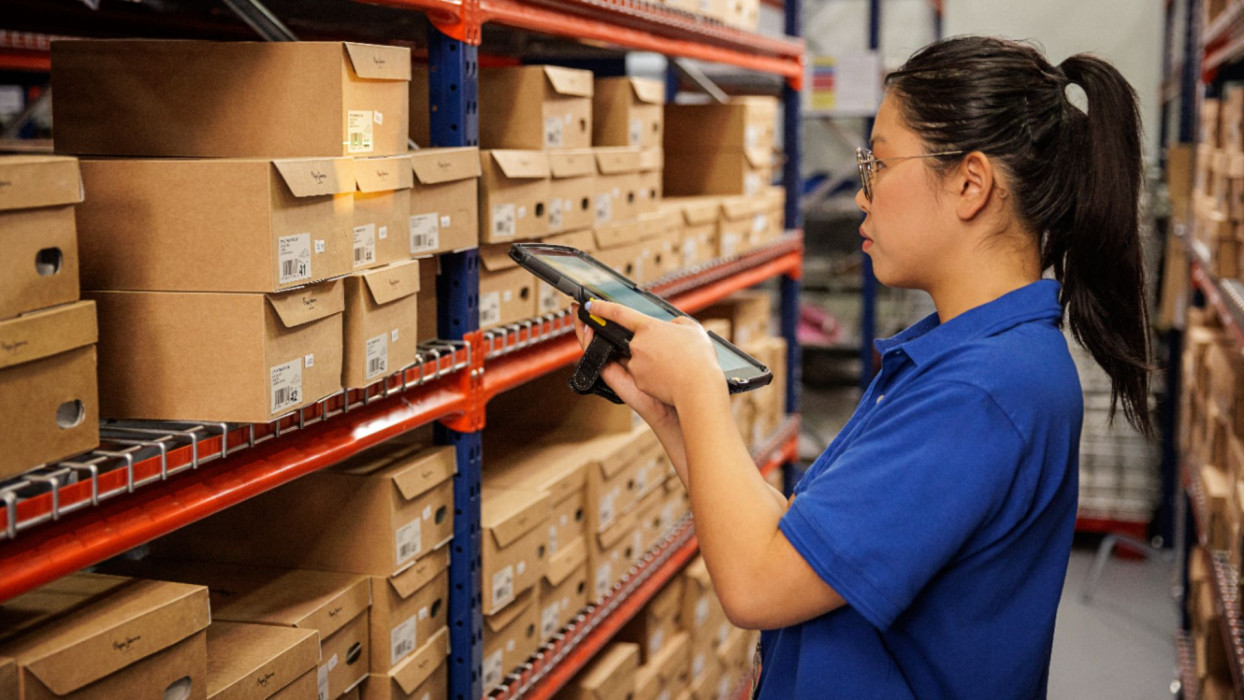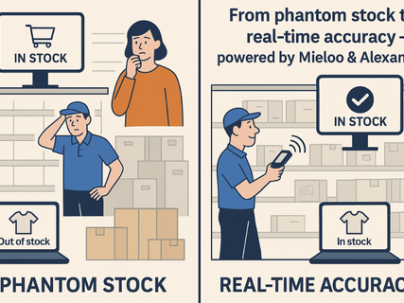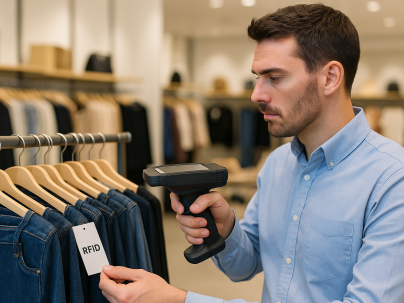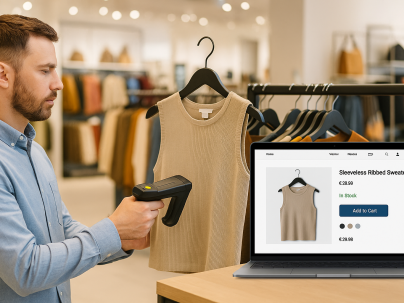RFID know-how
What are RFID Tags?
RFID tags play a crucial role in enabling item identification, tracking, and data exchange in various industries, including retail, logistics, healthcare, and manufacturing. They provide a reliable and efficient means of automating processes, improving inventory management, and enhancing operational efficiency. Each item in the retail environment is equipped with an RFID tag, which consists of a microchip and an antenna. The microchip stores unique identification information about the item, such as its product code or serial number.
RFID Readers
RFID readers, also known as RFID interrogators or scanners, are devices used to read and capture data from RFID tags. They work in conjunction with RFID tags to enable wireless communication and data exchange. RFID readers are installed in various locations within the retail space, such as at store entrances, exits, shelves, or checkout counters. These readers emit radio waves and have antennas to send and receive signals.
Tag Detection
RFID detection refers to the process of identifying the presence of RFID tags within the range of an RFID reader. It involves using an RFID reader to scan the surrounding environment and detect the signals emitted by RFID tags. When an RFID tag comes within the range of an RFID reader's signal, the tag's antenna picks up the radio waves emitted by the reader.
Power and Communication
The radio waves received by the tag antenna provide power to the RFID tag's microchip, activating it. Once powered, the tag's microchip sends back a response signal to the reader using the same radio frequency.
Data Exchange
The response signal from the tag contains the unique identification information stored on the tag's microchip. The reader captures this information and sends it to a central database or software system for processing.
Real-time Tracking
By strategically placing RFID readers throughout the retail environment, retailers can track the movement of tagged items in real-time. As items pass by or are scanned by the readers, their unique identification information is collected and recorded, allowing retailers to monitor their location, quantity, and other relevant data.
Inventory Management and Operations
The collected RFID data can be utilized for various retail operations, such as inventory management, stock replenishment, anti-theft measures, pricing, and customer service. By leveraging the real-time visibility provided by RFID technology, retailers can optimize their inventory levels, improve operational efficiency, enhance security, and deliver a better shopping experience.




